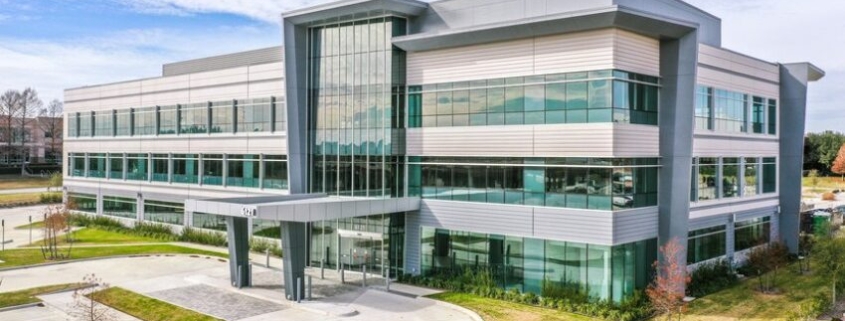Five Hospitals Buying Land For Expansions
Below are five hospitals or health systems that purchased or announced plans to buy land for expansions in the last three months.
1. HCA buys land, plans freestanding ED
Nashville, Tenn.-based HCA Healthcare has purchased a plot of land in Tennessee to build a freestanding emergency department.
4. Ascension St. Vincent’s buys 33 acres for Florida hospital
Jacksonville, Fla.-based Ascension St. Vincent’s purchased a parcel of land in Florida’s St. Johns County for nearly $18 million.
5. Encompass Health buys land for rehab hospital in Florida
Birmingham, Ala.-based Encompass Health bought a plot of land in St. Augustine, Fla., to build a new hospital, the company said July 10.
2. South Carolina hospital buys land for expansion
The board of Orangeburg, S.C.-based Regional Medical Center agreed to buy a 6.5-acre plot of land for an expansion.
3. University Health System to buy land in San Antonio for new hospital
San Antonio-based University Health System plans to buy an 80-acre parcel of land to build a second hospital.
Source: Becker’s Hospital Review





